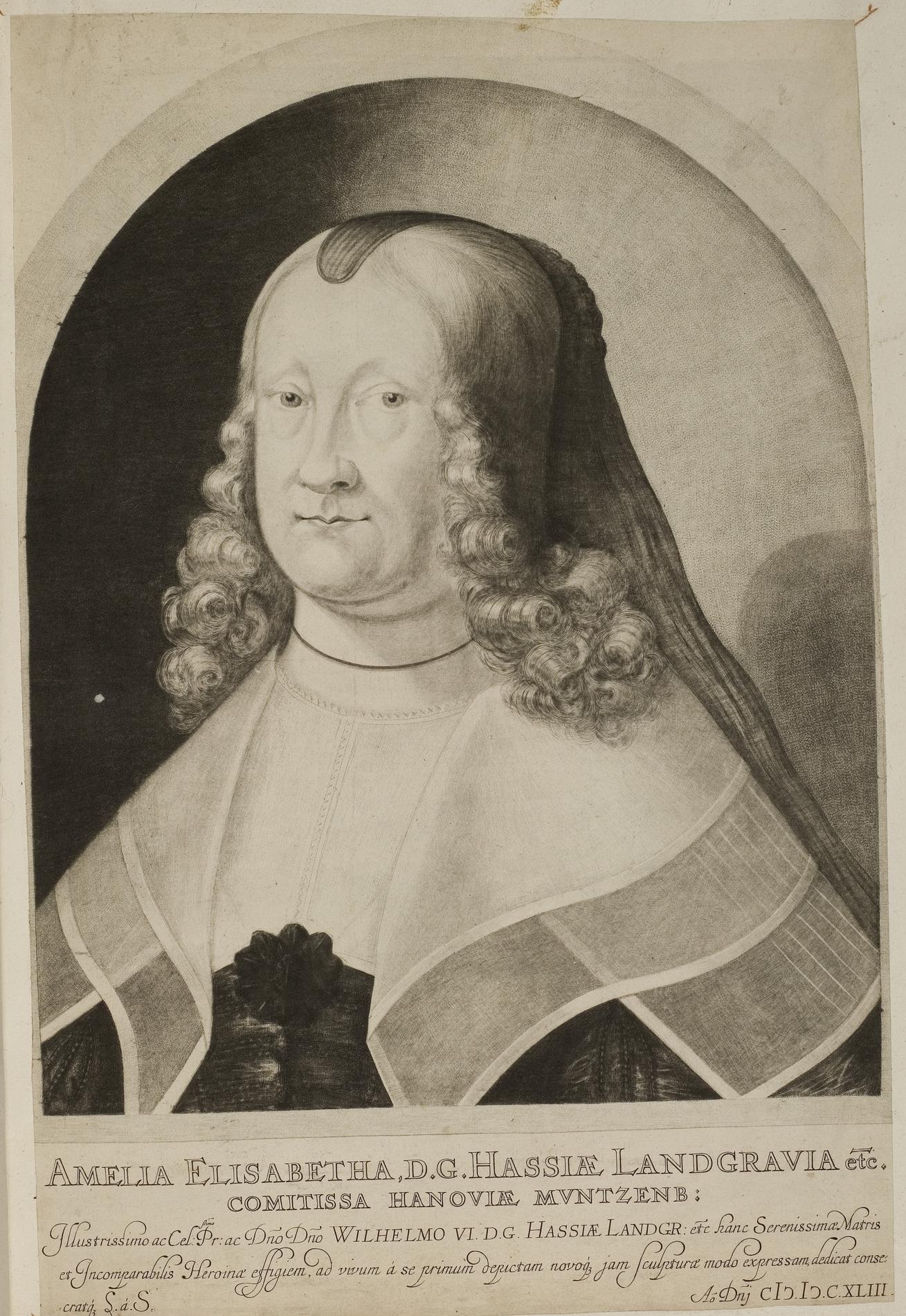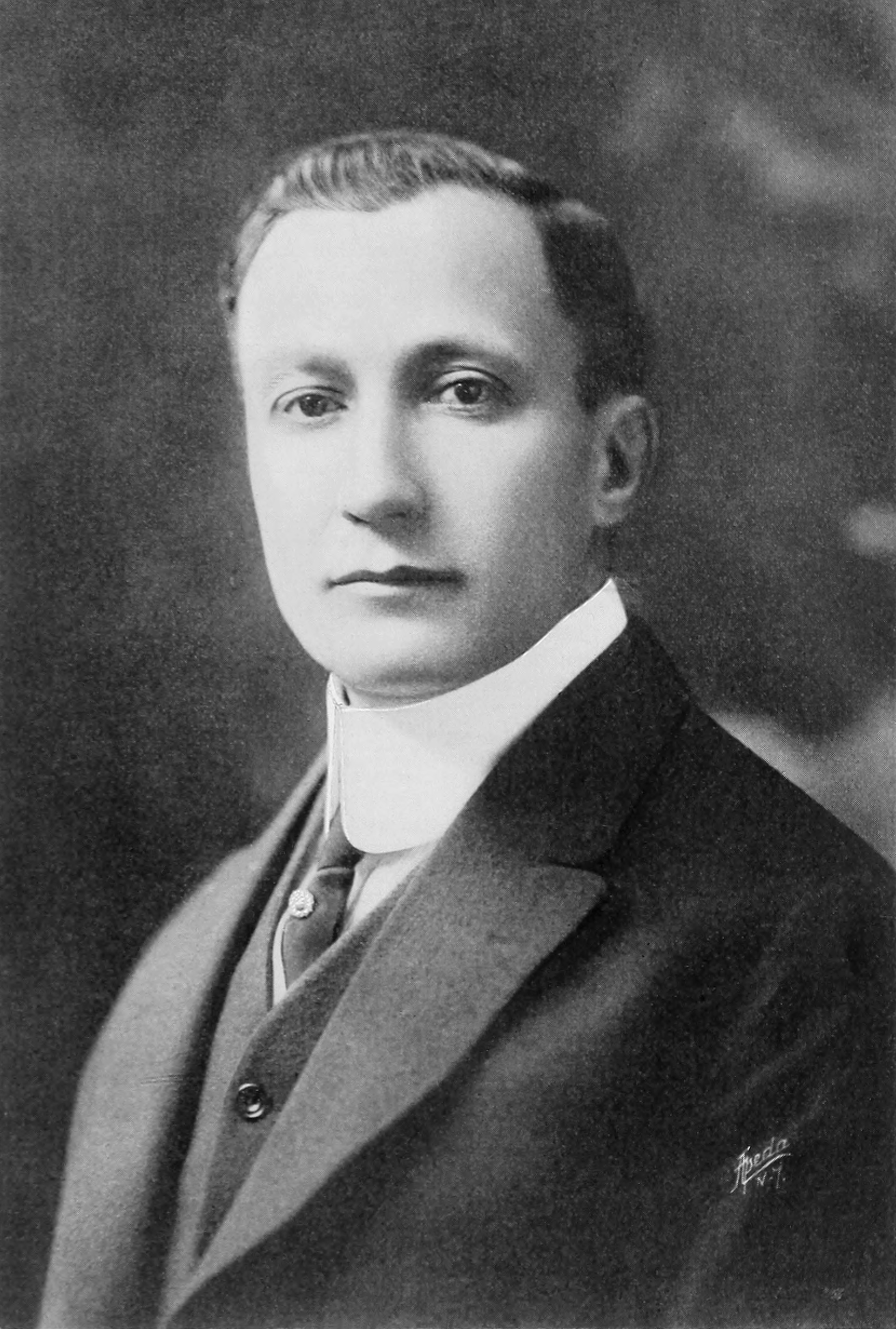|
Robert Mitchell (engraver)
Robert Mitchell (19 May 1820 – 16 May 1873) was an English engraver, son of the engraver James Mitchell. He died at Bromley, Kent. Works Mitchell engraved in mezzotint ''Tapageur, a fashionable Member of the Canine Society'', after Sir Edwin Landseer (1852) and ''The Parish Beauty'' (1853) and ''The Pastor's Pet'', a pair after Alfred Rankley (1854). In the mixed style he engraved ''The Happy Mothers'' and ''The Startled Twins'', a pair after Richard Ansdell, R.A. (1850), and ''Christ walking on the Sea'', after Robert Scott Lauder Robert Scott Lauder (25 June 1803 – 21 April 1869) was a Scottish artist who described himself as a "historical painter". He was one of the original members of the Royal Scottish Academy. Life and work Lauder was born at Silvermills, E ... (1854). Several of his etched plates were completed in mezzotint by other engravers. Notes ;Attribution {{DEFAULTSORT:Mitchell, Robert 1820 births 1873 deaths English engravers ... [...More Info...] [...Related Items...] OR: [Wikipedia] [Google] [Baidu] |
Bromley
Bromley is a large town in Greater London, England, within the London Borough of Bromley. It is south-east of Charing Cross, and had an estimated population of 87,889 as of 2011. Originally part of Kent, Bromley became a market town, chartered in 1158. Its location on a coaching route and the opening of a railway station in 1858 were key to its development and the shift from an agrarian village to an urban town. As part of the suburban growth of London in the 20th century, Bromley significantly increased in population and was incorporated as a municipal borough in 1903 and became part of the London Borough of Bromley in 1965. Bromley today forms a major retail and commercial centre. It is identified in the London Plan as one of the 13 metropolitan centres of Greater London. History Bromley is first recorded in an Anglo-Saxon charter of 862 as ''Bromleag'' and means 'woodland clearing where broom grows'. It shares this Old English etymology with Great Bromley in eastern ... [...More Info...] [...Related Items...] OR: [Wikipedia] [Google] [Baidu] |
Kent
Kent is a county in South East England and one of the home counties. It borders Greater London to the north-west, Surrey to the west and East Sussex to the south-west, and Essex to the north across the estuary of the River Thames; it faces the French department of Pas-de-Calais across the Strait of Dover. The county town is Maidstone. It is the fifth most populous county in England, the most populous non-Metropolitan county and the most populous of the home counties. Kent was one of the first British territories to be settled by Germanic tribes, most notably the Jutes, following the withdrawal of the Romans. Canterbury Cathedral in Kent, the oldest cathedral in England, has been the seat of the Archbishops of Canterbury since the conversion of England to Christianity that began in the 6th century with Saint Augustine. Rochester Cathedral in Medway is England's second-oldest cathedral. Located between London and the Strait of Dover, which separates England from mainla ... [...More Info...] [...Related Items...] OR: [Wikipedia] [Google] [Baidu] |
Mezzotint
Mezzotint is a monochrome printmaking process of the '' intaglio'' family. It was the first printing process that yielded half-tones without using line- or dot-based techniques like hatching, cross-hatching or stipple. Mezzotint achieves tonality by roughening a metal plate with thousands of little dots made by a metal tool with small teeth, called a "rocker". In printing, the tiny pits in the plate retain the ink when the face of the plate is wiped clean. This technique can achieve a high level of quality and richness in the print. ''Mezzotint'' is often combined with other ''intaglio'' techniques, usually etching and engraving. The process was especially widely used in England from the eighteenth century, to reproduce portraits and other paintings. It was somewhat in competition with the other main tonal technique of the day, aquatint. Since the mid-nineteenth century it has been relatively little used, as lithography and other techniques produced comparable results more ea ... [...More Info...] [...Related Items...] OR: [Wikipedia] [Google] [Baidu] |
Sir Edwin Landseer
Sir Edwin Henry Landseer (7 March 1802 – 1 October 1873) was an English painter and sculptor, well known for his paintings of animals – particularly horses, dogs, and stags. However, his best-known works are the lion sculptures at the base of Nelson's Column in Trafalgar Square. Life Landseer was born in London, the son of the engraver John Landseer A.R.A. and Jane Potts. He was something of a prodigy whose artistic talents were recognised early on. He studied under several artists, including his father, and the history painter Benjamin Robert Haydon, who encouraged the young Landseer to perform dissections in order to fully understand animal musculature and skeletal structure. Landseer's life was entwined with the Royal Academy. At the age of just 13, in 1815, he exhibited works there as an “Honorary Exhibitor”. He was elected an Associate at the minimum age of 24, and an Academician five years later in 1831. He was an acquaintance of Charles Robert Leslie, who d ... [...More Info...] [...Related Items...] OR: [Wikipedia] [Google] [Baidu] |
Alfred Rankley
Alfred Rankley (1819–7 December 1872) was a British painter. Life Rankley received his art training in the Royal Academy Schools, and began to exhibit there in 1841, when he sent a scene from Shakespeare's ''Macbeth''. This was followed in 1842 by '' Palamon and Lavinia'', exhibited at the Society of British Artists. In 1843 he sent to the Royal Academy a portrait, in 1844 a scene from ''Othello'', and in 1845 a subject from Crabbe's poems. Another portrait and '' Paul and Virginia'' were his contributions to the exhibition of 1846, in which year he sent to the Society of British Artists ''Edith and the Monks finding the Body of Harold'', and ''The Fortune-Teller''. Rankley died at his residence, Clifton Villa, Campden Hill, Kensington, on 7 December 1872, aged 52, and was buried in the St. Marylebone Cemetery in East Finchley. Works From 1847 until 1867 Rankley was a regular exhibitor at the Royal Academy, always sending a picture, but never more than two. His exhibited ... [...More Info...] [...Related Items...] OR: [Wikipedia] [Google] [Baidu] |
Richard Ansdell
Richard Ansdell (11 May 1815 – 20 April 1885) was a British painter of animals and genre scenes. Life Ansdell was born in Liverpool (then in Lancashire), the son of Thomas Griffiths Ansdell, a freeman who worked at the port, and Anne Jackson. His father died young; Richard was educated at The Liverpool Blue Coat school for orphans. He had a natural talent for art from an early age, and after leaving school worked for a portrait painter in Chatham in Kent, and also spent time as a sign painter in the Netherlands. He first exhibited at the Liverpool Academy in 1835, becoming a student there the following year. His animal and rural subjects proved to be popular and he soon attracted wealthy patrons. His first exhibition at the Royal Academy, London, was in 1840, with two paintings called "Grouse shooting" and "A Galloway farm". This was followed, in 1841 by "The Earl of Sefton and party returning from hunting", in 1842 "The death of Sir William Lambton at the Battle ... [...More Info...] [...Related Items...] OR: [Wikipedia] [Google] [Baidu] |
Robert Scott Lauder
Robert Scott Lauder (25 June 1803 – 21 April 1869) was a Scottish artist who described himself as a "historical painter". He was one of the original members of the Royal Scottish Academy. Life and work Lauder was born at Silvermills, Edinburgh, the third son of Helen Tait (d.1850) and John Lauder of Silvermills (d. 1838), Burgess of Edinburgh and proprietor of the tannery at Silvermills. After attending the Royal High School he went to London, where his eldest brother William was engaged in the family business. He returned to Edinburgh in about 1826 and was elected one of the original members of the Royal Scottish Academy in 1830. At this point Lauder was living with his brother William Lauder at 24 Fettes Row in Edinburgh's New Town. On 9 September 1833 at St Cuthbert's Church in Edinburgh he married Isabella Ramsay Thomson and they then went abroad, accompanied by his younger artist-brother, James Eckford Lauder. Robert studied for some years in Rome, Florence, B ... [...More Info...] [...Related Items...] OR: [Wikipedia] [Google] [Baidu] |
1820 Births
Eighteen or 18 may refer to: * 18 (number), the natural number following 17 and preceding 19 * one of the years 18 BC, AD 18, 1918, 2018 Film, television and entertainment * ''18'' (film), a 1993 Taiwanese experimental film based on the short story ''God's Dice'' * ''Eighteen'' (film), a 2005 Canadian dramatic feature film * 18 (British Board of Film Classification), a film rating in the United Kingdom, also used in Ireland by the Irish Film Classification Office * 18 (''Dragon Ball''), a character in the ''Dragon Ball'' franchise * "Eighteen", a 2006 episode of the animated television series '' 12 oz. Mouse'' Music Albums * ''18'' (Moby album), 2002 * ''18'' (Nana Kitade album), 2005 * '' 18...'', 2009 debut album by G.E.M. Songs * "18" (5 Seconds of Summer song), from their 2014 eponymous debut album * "18" (One Direction song), from their 2014 studio album ''Four'' * "18", by Anarbor from their 2013 studio album ''Burnout'' * "I'm Eighteen", by Alice Cooper common ... [...More Info...] [...Related Items...] OR: [Wikipedia] [Google] [Baidu] |
1873 Deaths
Events January–March * January 1 ** Japan adopts the Gregorian calendar. ** The California Penal Code goes into effect. * January 17 – American Indian Wars: Modoc War: First Battle of the Stronghold – Modoc Indians defeat the United States Army. * February 11 – The Spanish Cortes deposes King Amadeus I, and proclaims the First Spanish Republic. * February 12 ** Emilio Castelar, the former foreign minister, becomes prime minister of the new Spanish Republic. ** The Coinage Act of 1873 in the United States is signed into law by President Ulysses S. Grant; coming into effect on April 1, it ends bimetallism in the U.S., and places the country on the gold standard. * February 20 ** The University of California opens its first medical school in San Francisco. ** British naval officer John Moresby discovers the site of Port Moresby, and claims the land for Britain. * March 3 – Censorship: The United States Congress enacts the Comstock Law, ma ... [...More Info...] [...Related Items...] OR: [Wikipedia] [Google] [Baidu] |
.jpg)



